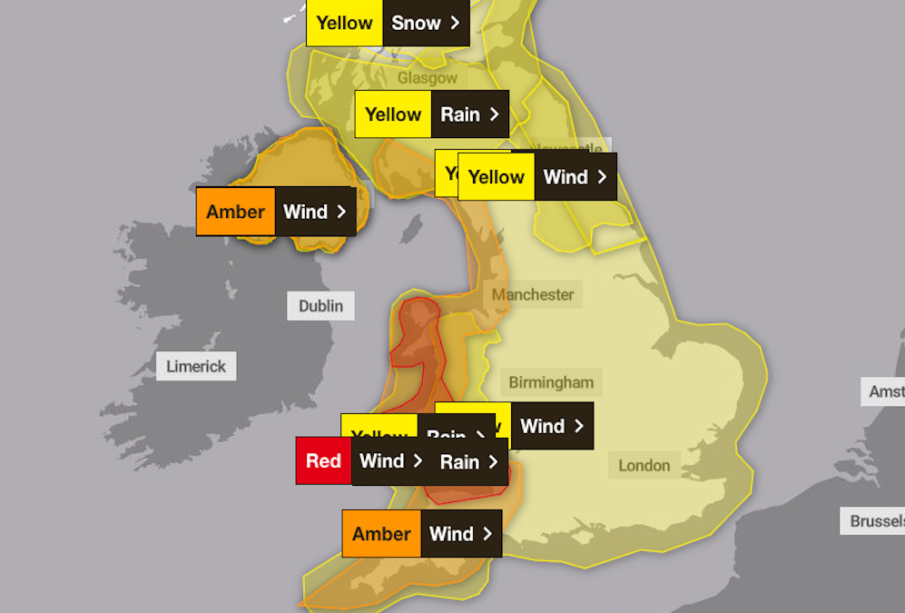Understanding Weather Warnings Issued by the Met Office

Introduction
Weather warnings issued by the Met Office are crucial for public safety, offering advance notification of severe weather conditions that may impact daily life. These warnings cover a range of phenomena, including storms, heavy rainfall, snow, and extreme heat. Understanding these alerts is vital for individuals and communities to prepare appropriately, mitigate risks, and respond effectively during hazardous conditions.
The Importance of Weather Warnings
The Met Office, the United Kingdom’s national weather service, plays a key role in providing timely and accurate weather forecasts. Their warnings are categorised into three levels: yellow, amber, and red, each indicating the severity of weather events. A yellow warning advises that adverse weather is possible, whereas an amber warning signifies that conditions are likely to cause disruptions. A red warning, the most serious, indicates life-threatening weather conditions are imminent.
Recent Weather Warnings
In recent weeks, the Met Office has issued several warnings due to the onset of autumn storms that have impacted various regions across the UK. For instance, a red warning for extreme winds was issued in early October, as a powerful storm swept through parts of Scotland and Northern England, leading to widespread disruptions and prompting local authorities to advise residents to stay indoors.
Additionally, the Met Office has also issued yellow and amber rain warnings in different parts of the country, highlighting the risk of flooding and travel disruptions. These warnings are not only targeted at the general public but also aid organisations such as emergency services and transport agencies in their preparations and responses.
How to Stay Informed
Residents are encouraged to stay informed about weather warnings by regularly checking the Met Office website or using their mobile app. Alerts are also disseminated via local news outlets and social media, providing updates on any changes in weather conditions. The Met Office has also commenced partnerships with local councils to improve community awareness and education regarding severe weather risks.
Conclusion
As climate change continues to influence weather patterns, the frequency and severity of storms and other extreme weather conditions may increase. The role of the Met Office in providing timely weather warnings will become even more critical in the future. By staying informed and prepared, individuals and communities can better protect themselves and their property from the impacts of severe weather, ensuring safety during increasingly unpredictable climatic events.









